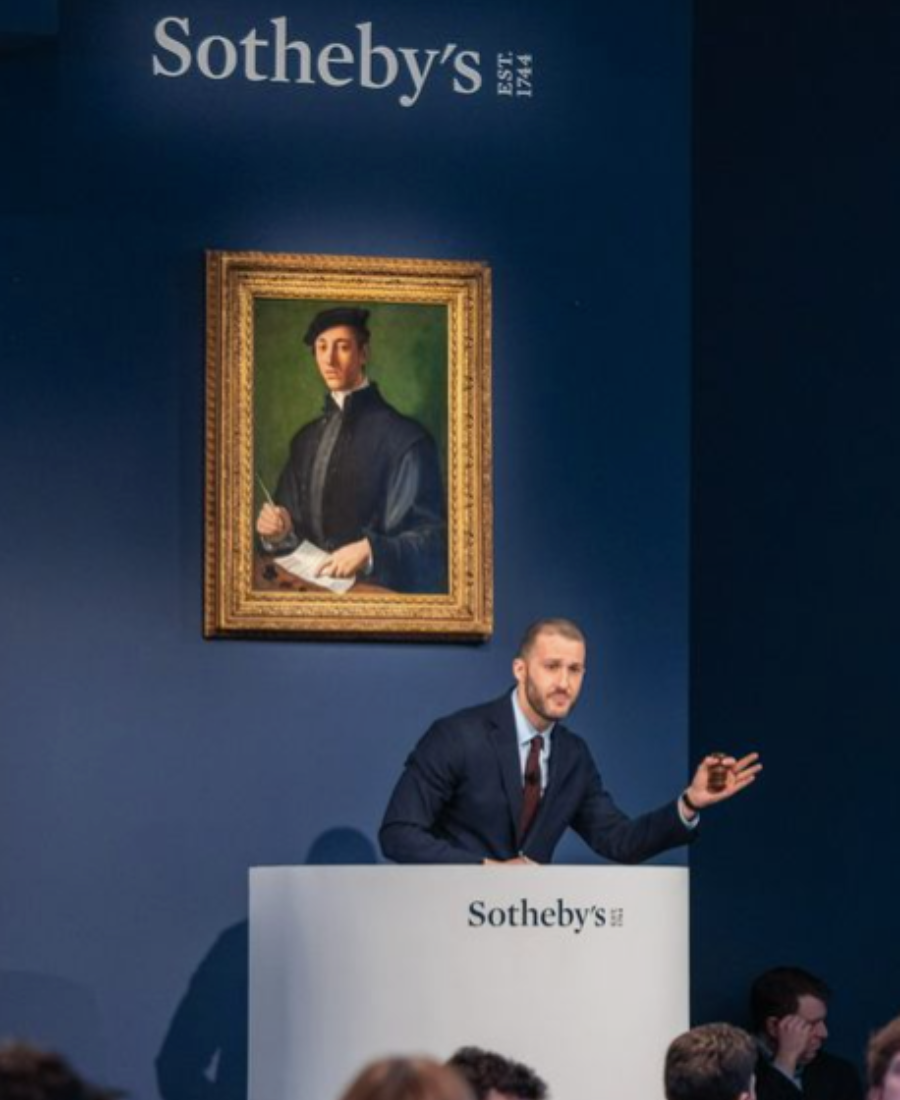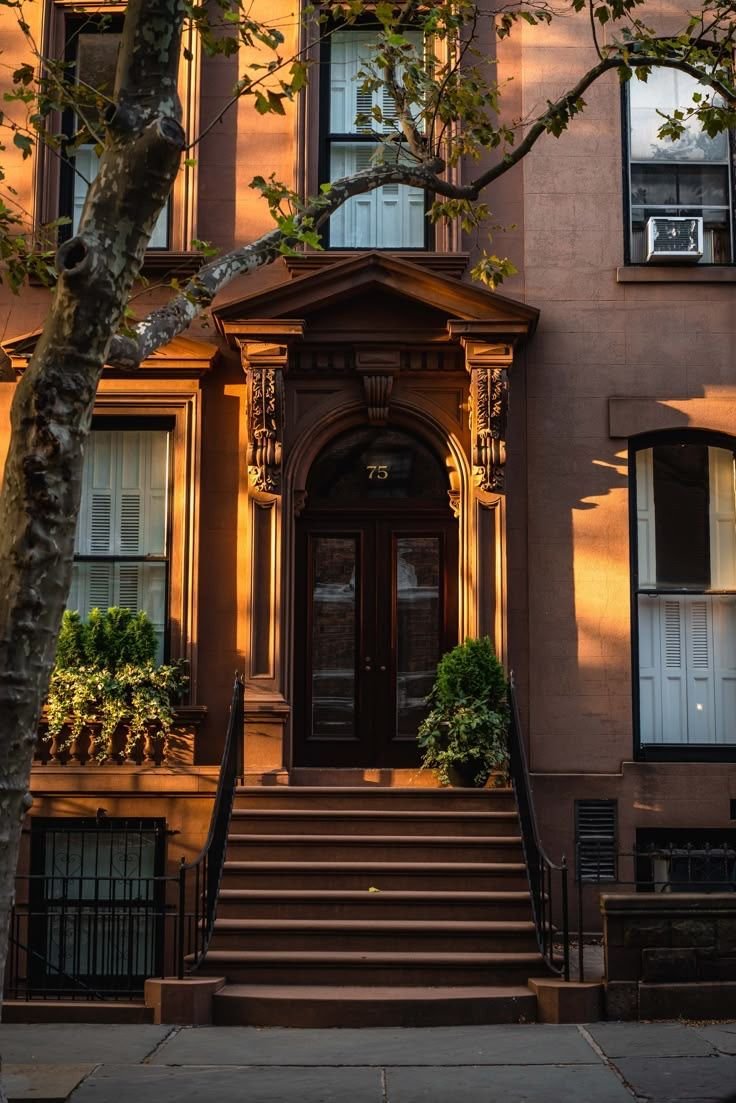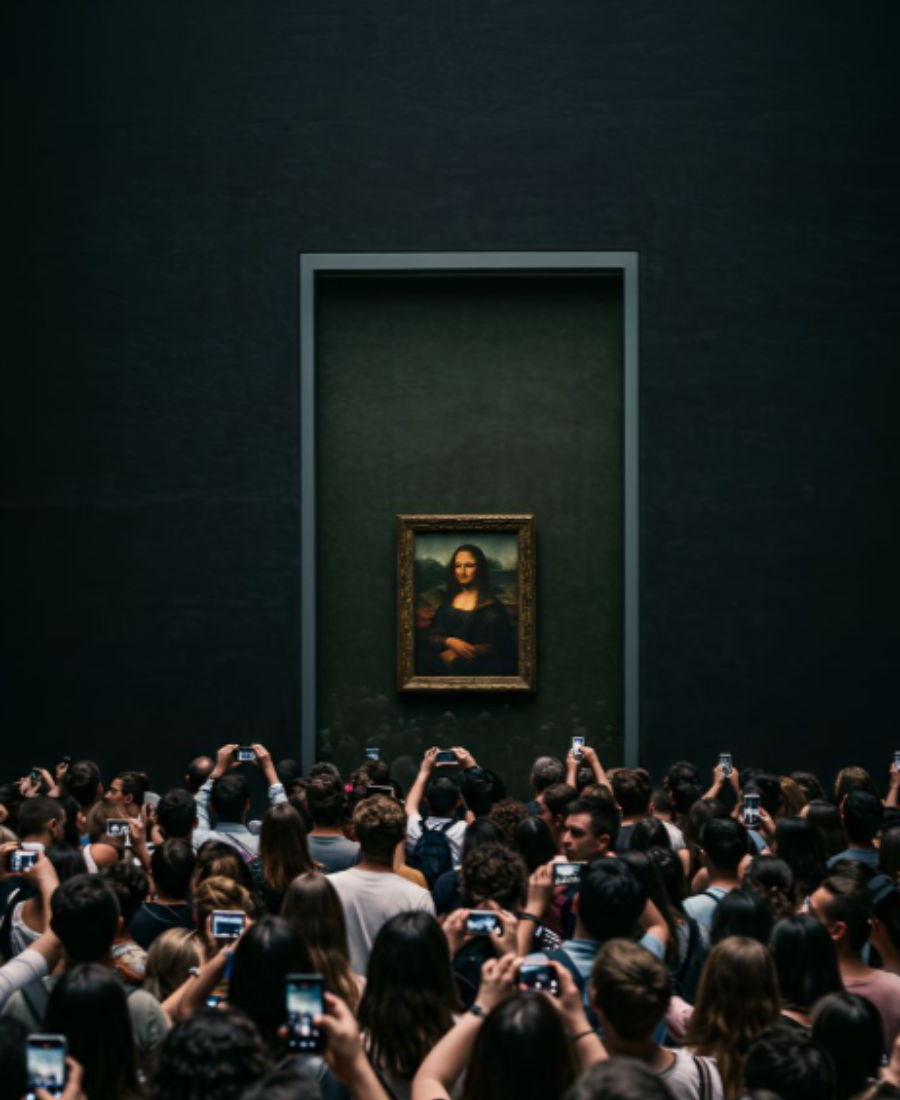To the untrained eye, an auction might seem like a simple sale: a fast-paced dance of paddles and prices, where fine art exchanges hands under dramatic lighting and an expectant hush. Yet the elite art auction has become something else entirely, a global theater of wealth, narrative, and control. In this arena, the most powerful collectors do not merely buy art; they influence its future.
Auction as Status Symbol
Art is no longer about acquisition, it is about assertion. While auction houses have always signaled luxury, today’s bidding rooms operate less like markets and more like curated salons of influence. In cities such as New York, London, and Hong Kong, evening sales draw a carefully edited guest list: dealers, dynasties, and cultural patrons. Many of these attendees are less interested in the hammer price and more focused on the position it affords them in conversations of legacy.
To win a marquee lot is to make a statement, not only of taste but of cultural power. One does not simply acquire a Richter or Rothko in 2025. Instead, one anchors a collection, signals alignment with a certain narrative, and often writes oneself into history.
Here are notable auction houses every art lover should know of:
Christie’s: Where Legacy Meets Innovation
With a lineage dating back to 1766, Christie’s remains the benchmark of blue-chip prestige. However, its recent evolution into a hybrid of tradition and technology has reinvigorated the house. In 2025, Christie’s has introduced a slate of offerings designed to entice both seasoned dynasties and new cultural patrons:
- Single-owner sales: These include family collections spanning generations, with rare Picassos, antique manuscripts, and decorative arts once locked away in château vaults.
- Themed evening auctions: Curated to tell stories around emotion, movement, or form, these auctions align collecting with narrative design.
- Private sale galleries: Based in Paris and Los Angeles, these intimate spaces allow collectors to acquire works quietly, with curatorial assistance, far from the spotlight.
Christie’s remains the destination where the discreet elite go to secure cultural capital while still embracing modern innovation.
Sotheby’s: The Performance of Prestige
Sotheby’s, never far behind its rival, has fully embraced the pageantry of collecting. Their headline auctions in 2025 feel more like black-tie galas than financial transactions. Live streams, immersive catalogues, and in-house editorial storytelling elevate the bidding experience into a multi-sensory event.
Sotheby’s clientele is strikingly intergenerational. Legacy collectors bid alongside Gen Z digital millionaires, blending old-world gravitas with new money ambition. The atmosphere is carefully staged: museum-level lighting, velvet-draped halls, and champagne served between lots. The message is clear—at Sotheby’s, prestige is performed as much as it is purchased.
Phillips: The Curator’s Auction House
For collectors less concerned with provenance and more focused on what is next, Phillips continues its quiet rise as the tastemaker’s auction house. Specializing in postwar, contemporary, and design, its sales offer a refined blend of risk and relevance.
In 2025, Phillips is seeing record engagement from collectors of:
- Contemporary photography.
- Sculptural design and collectible furniture.
- Emerging markets, including West African abstraction and Japanese Neo-Pop.
These sales feel editorial, intimate, and fast-paced, perfect for a generation of collectors who care more about cultural sharpness than pedigree alone. Phillips has built its reputation on presenting auctions that resemble curated exhibitions rather than transactions, and in doing so, it has cultivated a loyal following among design-driven collectors.
Nothing excites the art world quite like the unveiling of a single-owner estate: a personal collection assembled over decades, often unseen by the public, suddenly exposed to the market. In 2025, several of these rarities are on the horizon, including:
- The private collection of Hélène Dumas, the late French gallerist revered for her eye for 20th-century abstraction.
- An anonymous estate of Latin American surrealist art, featuring never-before-sold works by Remedios Varo and Leonora Carrington.
- A minimalist collection from an American architect, rich in Donald Judd and Dan Flavin.
These sales offer not only art but also access to a legacy, an intimate glimpse into a collector’s psyche through tangible form.
Price as Theater, Not Logic
It is worth noting that in today’s art auctions, price is no longer a measure of value. It is a measure of presence.
When a Giacometti sculpture sells for $180 million, or a Basquiat sketch triples its estimate, it is not merely economics at play. It is a narrative. Bidders are not only evaluating a work; they are participating in its myth. Owning the piece means owning the story.
In 2025, art advisory firms now offer bespoke storytelling packages alongside acquisitions. Collectors are not just buying with their eyes, they are investing in how they will be seen. Price has become a form of branding, a signal to peers, institutions, and history.
The New Cultural Architects
Navigating this terrain demands fluency. The most powerful figures in the room are often not seated in the front row but standing just behind the bidder: the advisor.
Today, art advisors are part curator, part strategist. They liaise with auction houses, preview private sales, and shape a collector’s vision across decades. Their role is not to chase hype but to build a legacy with discipline.
Many offer white-glove services that include cataloging collections, designing conservation strategies, and even coordinating loans to institutions such as MoMA or Centre Pompidou. In doing so, advisors elevate collectors from mere buyers to cultural tastemakers, positioning them within the broader narrative of art history.
Art as Currency of Influence
The new world of elite art auctions is a fusion of spectacle and strategy, legacy and leverage. Nowadays, collectors are not just bidding for art—they are bidding for identity, influence, and immortality. Auctions have become arenas where culture is staged, contested and rewritten, lot by lot. Billionaires may dominate the room, but the ripples extend outward, shaping museums, markets, and even the stories the world tells about art itself.
In the end, the luxury art auction is not about the sale. It is about the stage it provides. A bidder becomes a collector. A collector becomes a name. With the right acquisition, that name enters the art-historical canon, not only as a patron but also as a force. Because to own a masterpiece is not merely possession. It is participation in something eternal. For the uninitiated, the hammer may signal the end of a sale. For the elite, it signals something far more enduring: a place in history.



